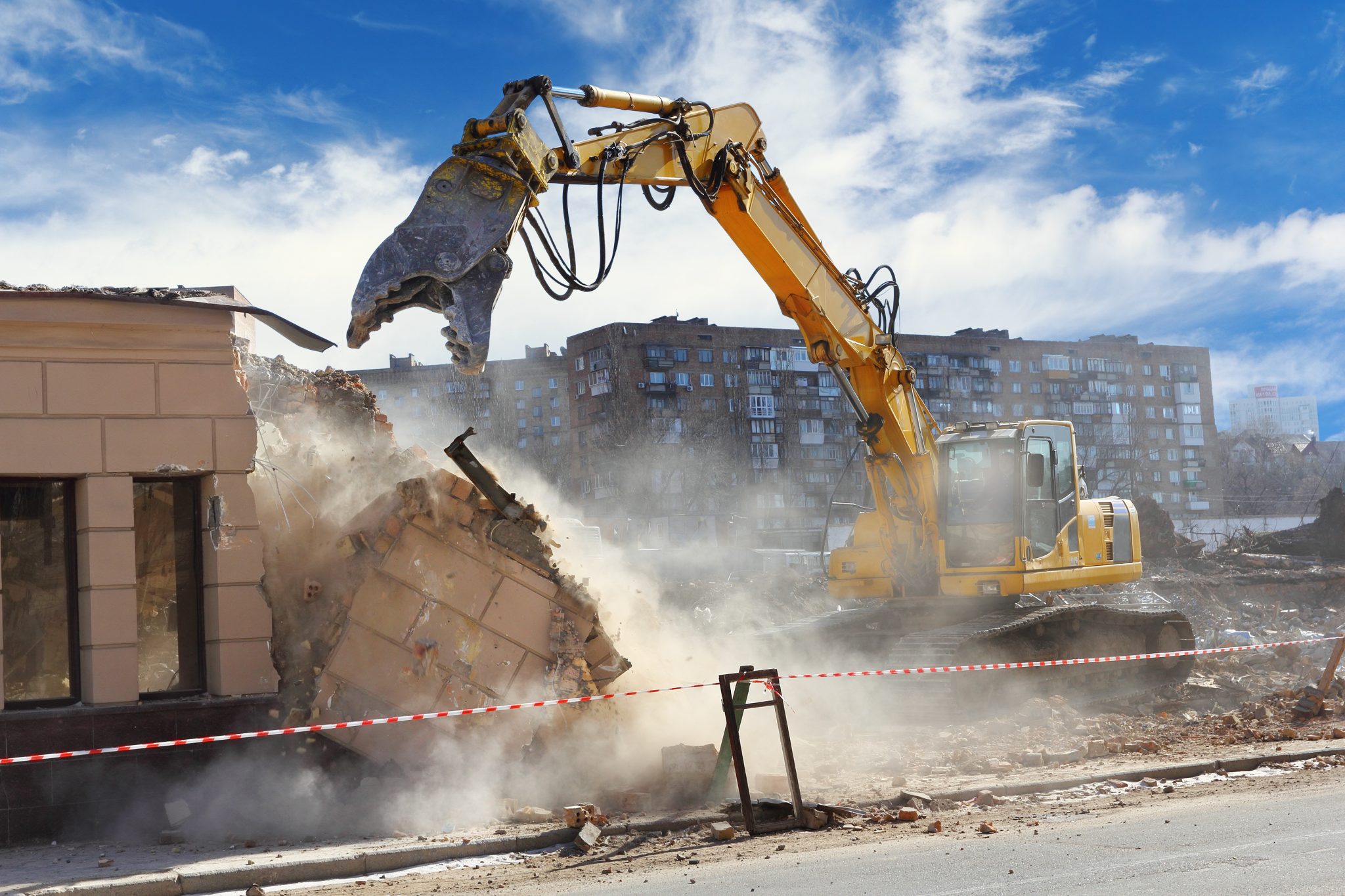In the era of heightened environmental awareness, building demolition has evolved to be environmentally responsible. Dust control measures, noise reduction technologies, and recycling initiatives for construction waste contribute to minimizing the ecological footprint of demolition projects.
The Dance of Deconstruction:
Building demolition is more than the controlled destruction of structures; it is an intricate dance of deconstruction. The skilled choreography involves dismantling buildings with precision, carefully considering factors such as structural integrity, environmental impact, and safety. It is in this dance that the old makes way for the new, laying the foundation for future architectural wonders.
Precision Techniques for a Controlled Evolution:
The evolution of building demolition techniques reflects a commitment to precision and control. Whether through controlled implosions, high-reach excavators, or selective dismantling, each method is tailored to ensure the safe and efficient removal of structures. This precision not only safeguards surrounding areas but also allows for strategic planning in urban development.
Navigating Regulatory Mazes:
The world of building demolition is not without its regulatory complexities. Obtaining permits and navigating a maze of local, state, and national regulations is a crucial aspect of the process. Adherence to these regulations not only ensures legal compliance but also paves the way for projects to proceed seamlessly.
Safety as the Cornerstone:
At the core of any successful building demolition project lies an unwavering commitment to safety. Rigorous safety protocols, from securing the demolition site to implementing advanced dust and noise control measures, protect workers, neighboring structures, and the public. Safety is not just a consideration; it is the cornerstone of the entire process.
Environmental Responsibility in Deconstruction:
As environmental consciousness grows, building demolition practices are evolving to minimize ecological impact. Responsible waste management, recycling materials, and the proper disposal of hazardous substances are becoming integral to the process. This shift towards environmental responsibility aligns with a broader commitment to sustainable practices.
The Art of Selective Demolition:
Not all demolitions involve total destruction. The art of selective demolition allows for the careful dismantling of specific components while preserving elements of historical or architectural significance. This approach showcases a harmonious blend of preservation and progress, allowing the old and the new to coexist.
Community Engagement and Transparent Communication:
Building demolition is not an isolated event; it is part of a broader community narrative. Engaging with local communities, businesses, and stakeholders through transparent communication fosters understanding and cooperation. By keeping residents informed about demolition schedules, safety measures, and addressing concerns, a collaborative atmosphere is created.
The Blank Canvas of Transformation:
The culmination of a successful building demolition project is not just the cleared space but the potential it holds for transformation. Post-demolition site cleanup involves the removal of debris, grading the land, and preparing it for the canvas of future development. This blank canvas represents the beginning of a new chapter in urban evolution.
Conclusion:
Building demolition is an intricate interplay of art and science, shaping the landscapes of tomorrow. In the controlled chaos of deconstruction, safety, precision, and environmental responsibility emerge as guiding principles. As we witness the rise of new skylines, building demolition stands as a testament to the resilience of urban development, where the old structures gracefully make way for the innovative and transformative structures of the future.

